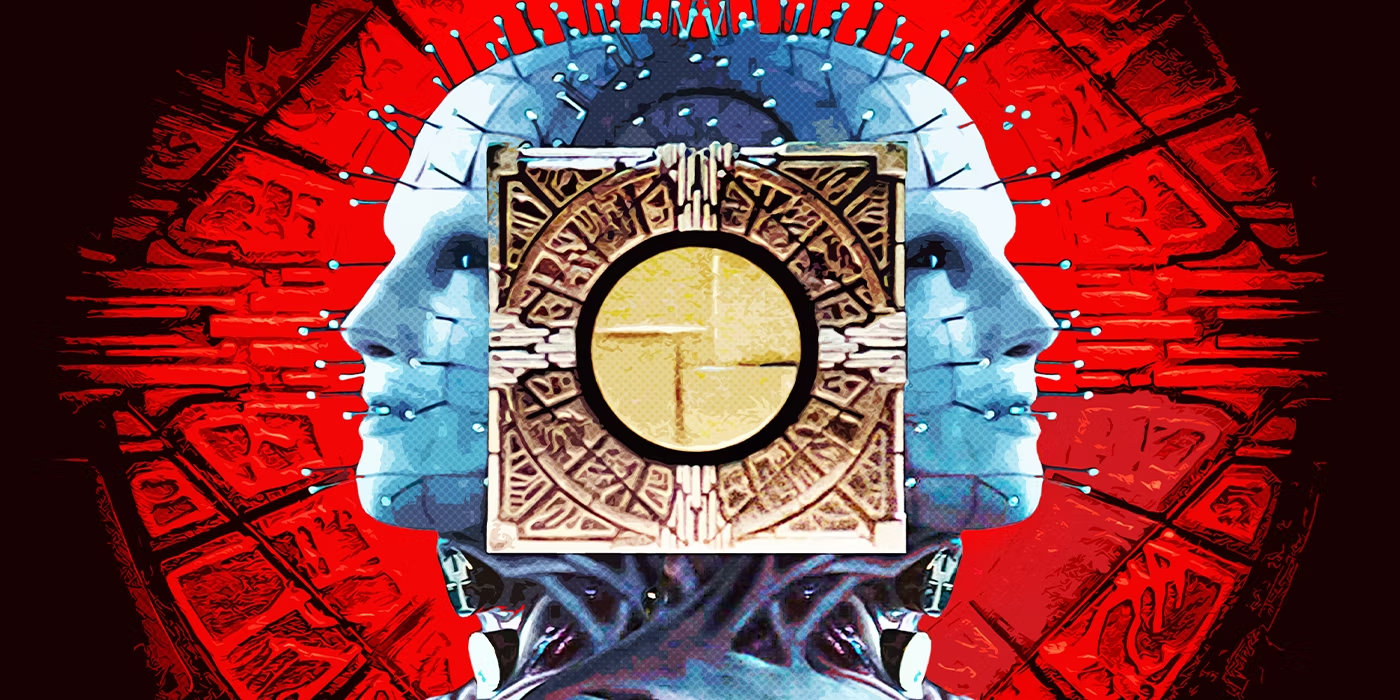sickofyourcrap.com – Clive Barker’s seminal work, “The Hellbound Heart,” published in 1986, is a masterful exploration of the darker aspects of human desire and the consequences of succumbing to temptation. This novella, which later inspired the Hellraiser film series, delves deep into the themes of damnation, obsession, and the thin line between pleasure and pain. Through its intricate narrative and rich symbolism, Barker crafts a story that not only entertains but also invites readers to ponder the nature of evil and the human condition.
The Allure of the Lament Configuration
At the heart of “The Hellbound Heart” is the Lament Configuration, a puzzle box that serves as a gateway to the realm of the Cenobites, beings who exist to explore the extremes of human sensation. The box, with its promise of unimaginable pleasures, represents the temptation that lies at the core of the narrative. It symbolizes the forbidden fruit, an object of desire that, once pursued, leads to irreversible damnation. The characters’ interactions with the Lament Configuration serve as a metaphor for the human experience of wrestling with temptation and the consequences of giving in to it.
Characters and Their Descent
The novella’s characters, each driven by their own desires, embark on a journey that ultimately leads to their downfall. Frank, the protagonist, seeks to escape the mundanity of his life and the consequences of his actions, only to find himself ensnared in a far worse fate. His sister, Julia, is consumed by her own lusts, leading her to make a Faustian bargain with the Cenobites. Through these characters, Barker explores the idea that damnation is not just a supernatural event but a state of being that results from the corruption of the soul.
Themes of Pleasure and Pain
One of the most striking aspects of “The Hellbound Heart” is its exploration of the intertwined nature of pleasure and pain. The Cenobites, with their distorted bodies and insatiable appetites, embody this theme. They are neither wholly evil nor benevolent but rather exist in a state of perpetual exploration of the limits of sensation. This portrayal challenges traditional notions of good and evil, suggesting that they are not binary opposites but rather two sides of the same coin.
The Role of Desire in Damnation
Barker’s work suggests that it is not sin or transgression that leads to damnation but the insatiable nature of desire itself. The characters in “The Hellbound Heart” are not damned for their actions but for their inability to find satisfaction, for constantly seeking more, and for being unable to recognize the momentary nature of pleasure. This theme resonates with the reader on a deeply personal level, as it touches upon the universal human experience of longing and the emptiness that often accompanies fulfillment.
Conclusion
“The Hellbound Heart” is more than just a horror story; it is a profound meditation on the nature of desire, damnation, and the human condition. Through its rich symbolism and complex characters, Clive Barker invites readers to explore the darker aspects of their own souls. The novella serves as a cautionary tale, reminding us of the dangers of unchecked desire and the importance of recognizing the limits of our own appetites. In doing so, it stands as a testament to the power of literature to not only entertain but also to illuminate the depths of the human experience.
